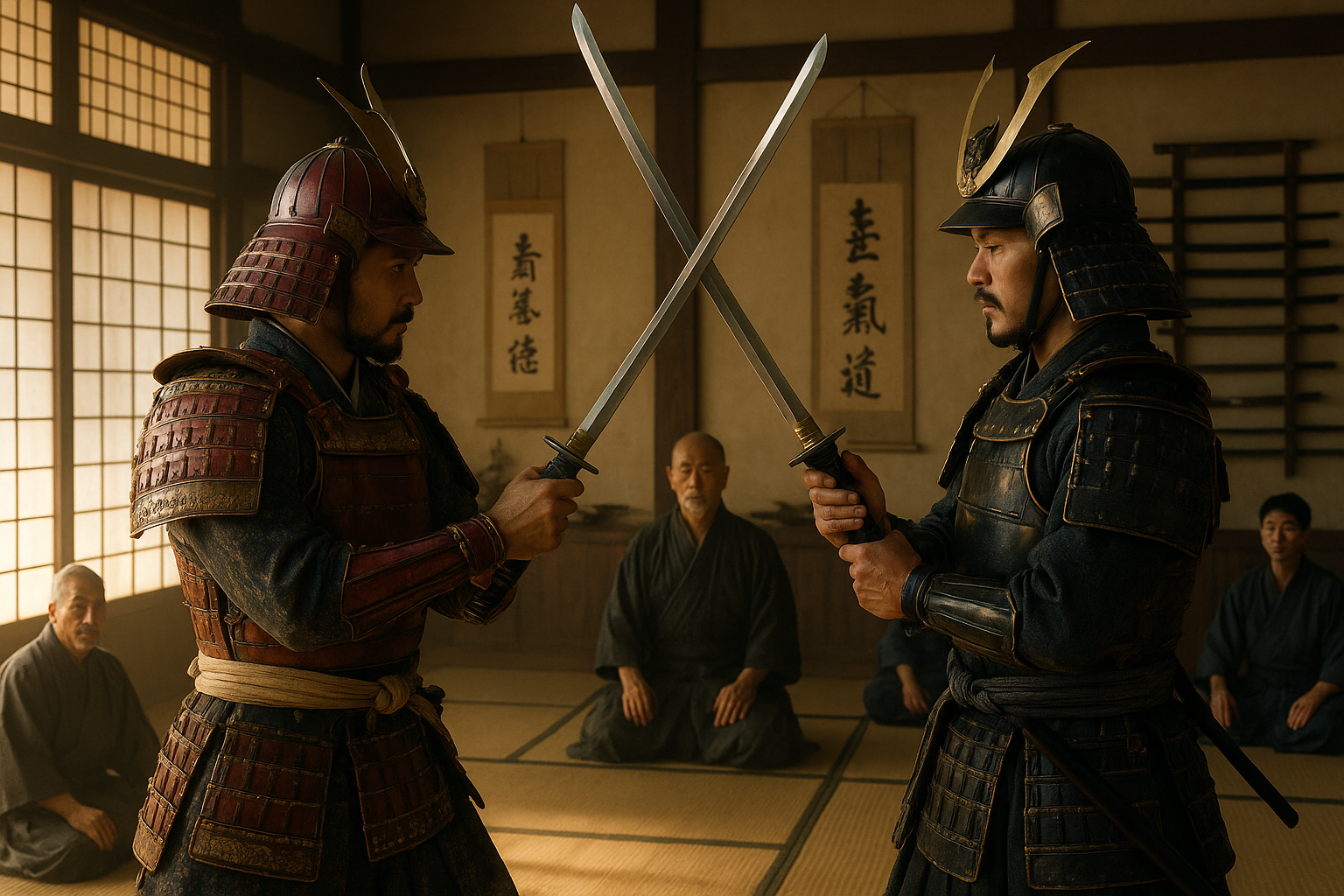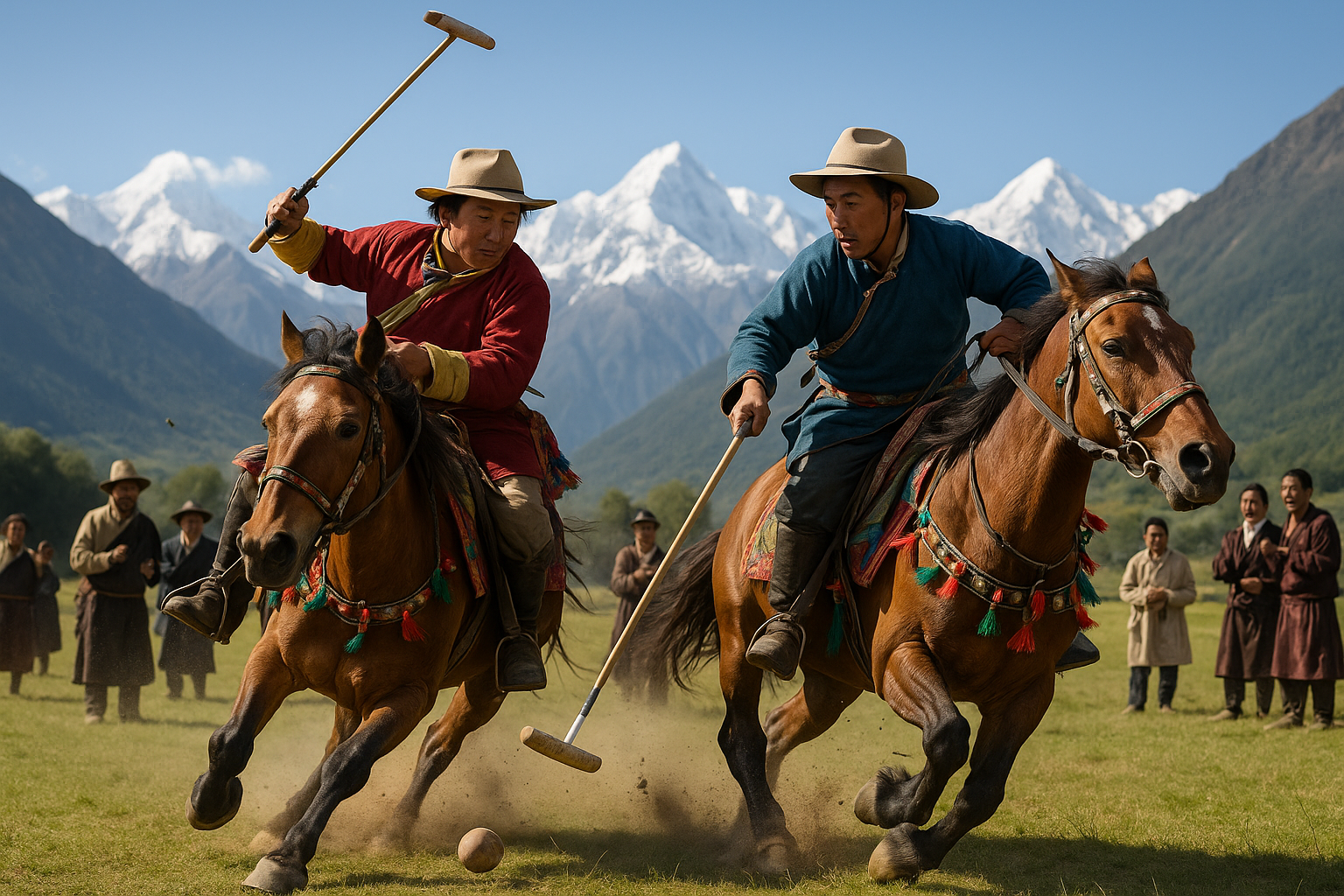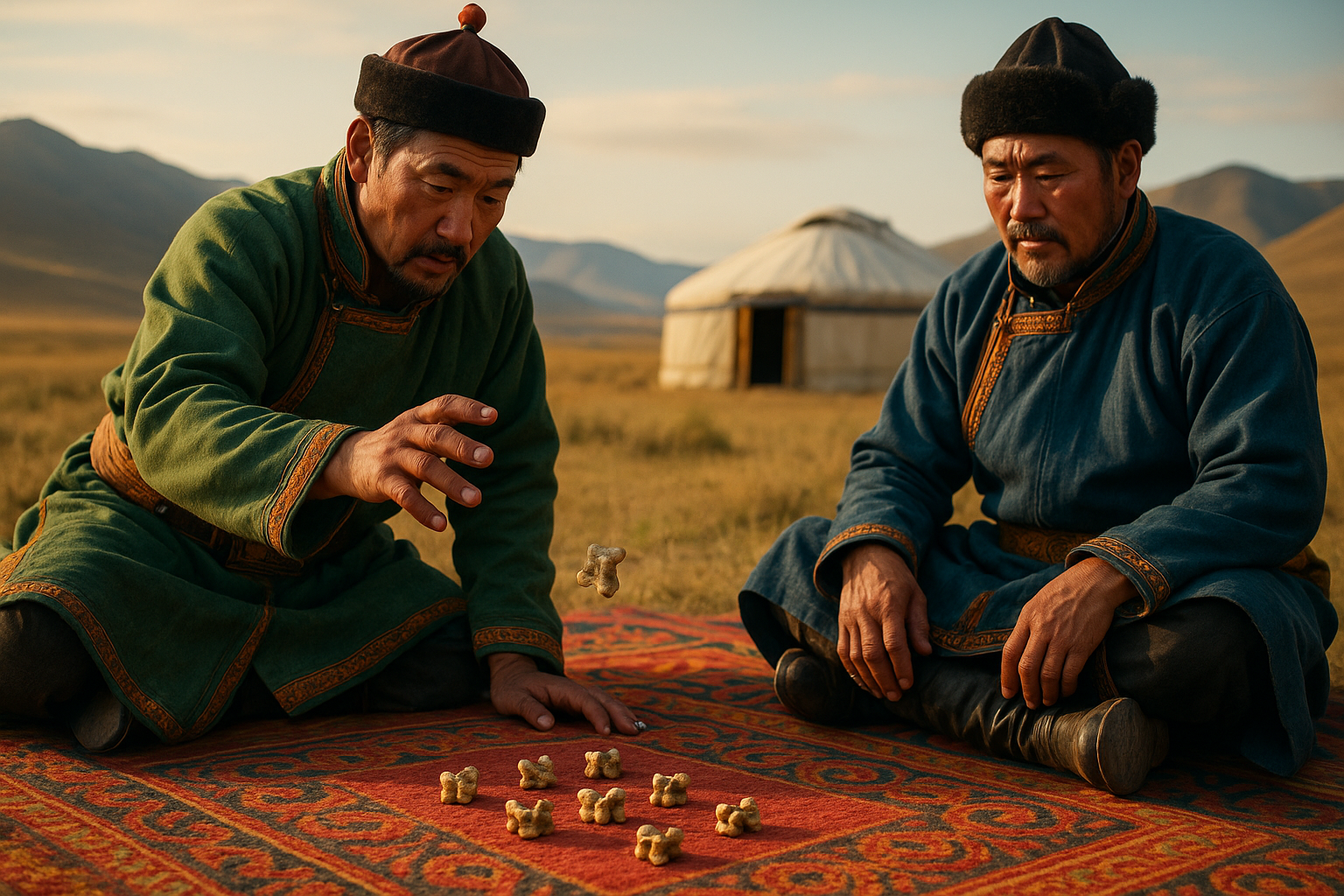In the serene yet deadly world of the samurai, the art of the duel is both a dance and a battle, a performance where honor and respect are as pivotal as the sharpness of the blade. The samurai, with their code of Bushido, lived and died by principles that transcended mere combat. Their duels were not just about victory but about mastery over oneself and reverence for one’s opponent. Welcome to a journey through time where we’ll explore “The Way of the Blade: Mastering Samurai Dueling Etiquette for Honor and Respect.” ⚔️
For centuries, the samurai have captured the imagination of many, from historians to filmmakers. Their legendary status is not just due to their martial prowess but also because of their unwavering commitment to a code of conduct that demanded integrity, courage, and respect. These warriors understood that the true essence of a duel wasn’t merely to emerge unscathed but to do so with honor. This intricate etiquette surrounding samurai dueling is a tapestry of tradition and philosophy that weaves together notions of personal growth, discipline, and profound respect for life.
Understanding the rules of engagement for samurai duels is like peeling back layers of an ancient story. It begins with the concept of “Iaijutsu” or the art of drawing the sword, a practice that symbolizes readiness and anticipation. The samurai believed that the way one draws their sword reflects their state of mind and intentions. This principle extends to the notion of “Zanshin,” the state of total awareness and presence, which was crucial in the moments leading up to, during, and following a duel.
In this article, we’ll delve deep into the essence of these practices, illustrating how the mental and spiritual preparedness of a samurai was as vital as their physical training. We will uncover the layers of rituals that precede a duel, from the respectful bowing to the silent exchange of intent between opponents. Such rituals are not mere formalities but are steeped in meaning, highlighting the importance of respecting your adversary and acknowledging the gravity of the confrontation.
Furthermore, we’ll explore how the principles of “Katsujinken” (the life-giving sword) versus “Satsujinken” (the death-dealing sword) played a critical role in samurai philosophy. This duality reflects the belief that a sword, like the wielder, can be a tool of death or a symbol of life and protection. Understanding this dichotomy is essential in grasping the full picture of samurai dueling etiquette.
Another crucial aspect of our exploration will be the role of the “Sensei” or master. The sensei is not just an instructor but a mentor who imparts wisdom and instills the values of Bushido in their disciples. We’ll examine how the relationship between a samurai and their sensei is foundational to mastering the way of the blade, emphasizing that learning is a lifelong pursuit, one that extends beyond the physical into the realm of character and spirit.
In the latter sections of our discussion, we’ll address how the ancient traditions of the samurai can be applied in modern contexts. From conflict resolution to personal development, the lessons gleaned from samurai dueling etiquette offer timeless insights into leading a life of purpose and integrity. These principles serve as a beacon, guiding us towards a more mindful and respectful approach to the challenges we face today.
So, why should this ancient art matter to you? In a world often overshadowed by discord and haste, the samurai’s approach to dueling provides a refreshing perspective on managing conflicts with dignity and grace. By mastering the samurai way, one learns to balance aggression with empathy, strength with humility, and competition with respect. As we navigate through these teachings, you’ll find that the samurai’s path is not just about wielding a sword but about cultivating a way of being that honors every moment and every interaction.
Join us on this exploration of the samurai’s timeless wisdom, as we unlock the secrets of mastering dueling etiquette that has inspired countless generations. As you read on, let the way of the blade inspire you to embrace life’s challenges with honor and respect, for within these ancient traditions lies a profound guide to living a balanced and honorable life. 🌟

Conclusion: Embracing the Samurai Spirit in Modern Life
The journey through the intricacies of samurai dueling etiquette is as much about mastering the art of the blade as it is about embracing a philosophy rooted in honor, respect, and discipline. Throughout this article, we explored the rich history of the samurai, a class of warriors whose code of conduct, known as Bushido, continues to inspire generations.
One of the key takeaways from our discussion is the emphasis on respect and honor in every aspect of samurai life. This is not merely about martial prowess but also about cultivating a strong moral character. The rituals and etiquette surrounding samurai dueling, such as the precise choreography of movements and the mental preparation involved, highlight a commitment to personal excellence and mutual respect.
Another important point is the concept of dueling as a form of communication. Each duel is not just a test of skill but a dialogue between warriors, where the stakes are high, and the outcome is determined by both physical and mental acuity. This reflects a broader principle applicable in today’s world—how we communicate and engage with others can define our personal and professional relationships.
Furthermore, the samurai’s dedication to self-improvement and lifelong learning is a lesson that transcends time. The meticulous training and unwavering discipline required to master the sword serve as a metaphor for any pursuit of mastery in life. Whether it’s in our careers, hobbies, or personal development, the samurai’s path encourages us to strive for perfection while maintaining humility and respect for others.
The relevance of these teachings in our contemporary society cannot be overstated. In a world where conflicts can arise from misunderstandings and disrespect, adopting the principles of samurai etiquette could lead to more harmonious interactions and a deeper understanding of the people around us. It encourages us to act with integrity, prioritize ethical conduct, and engage with others from a place of respect and empathy.
As we conclude this exploration of samurai dueling etiquette, I invite you to reflect on how these ancient principles can be applied to modern challenges. Whether it’s enhancing your interpersonal skills or approaching conflicts with a mindset of honor, the way of the samurai offers timeless wisdom. 🌸
I encourage you to share your thoughts on this topic. How do you think the principles of samurai etiquette can be incorporated into your life? Feel free to leave a comment below or share this article with others who might find inspiration in the way of the samurai. Let’s spread the wisdom of the samurai and cultivate a world where honor and respect reign supreme. ✨
For further reading on the fascinating history and philosophy of the samurai, consider exploring the following resources:
- History of Samurai and Bushido
- Bushido: The Way of the Samurai
- The Samurai: The Warrior Class of Japan
Thank you for embarking on this journey with us. May the spirit of the samurai guide you in your quest for honor and respect. 🥋
Feel free to expand on these points to reach the desired word count, ensuring to keep the tone engaging and informative.
Toni Santos is a cultural revivalist, play historian, and kinetic storyteller who travels time through the games we left behind. With a deep reverence for lost pastimes, Toni excavates forgotten sports, ancestral competitions, and community games that once defined how people moved, bonded, and thrived. From ancient Mesoamerican ball courts to medieval street games, nomadic strategy contests, and pre-colonial ritual play, Toni revives rulebooks that were never digitized—and champions a worldview where games weren’t just leisure, but meaning, skill, and survival. Combining ethnography, movement studies, game design, and oral tradition, he reconstructs games piece by piece, consulting archives, elders, and fragments of folklore. His mission is not only to replay the past, but to inspire new generations to rediscover joy in rules that challenge, unite, and reflect forgotten values. At the helm of Vizovex, Toni documents these rediscoveries with playable guides, interactive reconstructions, motion-capture reenactments, and interviews with guardians of ancient play. His platform speaks to: Experimental game designers and kinetic anthropologists Educators looking to decolonize sports curriculums Movement artists and cultural preservationists Playful minds seeking what we once valued in the games we played Whether it’s reimagining a Viking endurance sport, mapping traditional Māori games, or crafting tournaments for extinct athletic rites, Toni urges us to move like our ancestors once did—and play with purpose again.




